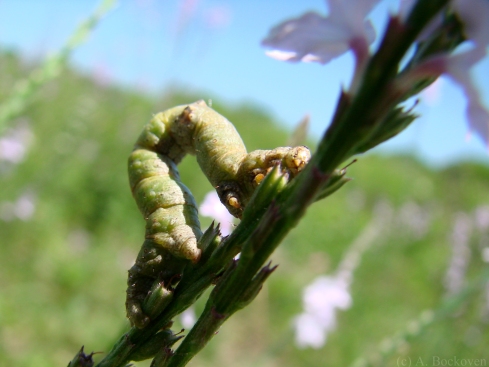
A small black weevil feeds on a flower.
For a long time the extent of my knowledge about weevils was that joke. You know the one. (Or possibly you don’t. My dad has a terrible addiction to bad puns.) My mental conception of weevils was ‘some kind of buggy thing that gets in food.’ But now, as an entomologist, I know that they are a type of beetle thingy that gets in food. And, you know, other stuff. Weevils (and snout beetles) belong to the family Curculionidae, from the latin Curculio or “corn worm.” I just think of curlicues. With more than 40,000 species, weevils are the largest family of beetles, while beetles themselves are the most speciose order in Animalia. Basically, this means there may be more species of weevils than any other animal on Earth.*
*Conceptions of species distributions are a rapidly changing field, and one strongly influenced by both ability and motivation to identify cryptic species. For example, the wasp family Ichneumonidae currently has about 15,000 described species but estimates place the actual species count as high as 60,000. (Townes 1969)

A weevil (Curculionidae) on a fingertip.
Whatever the case, it is clear that this group has been very successful. Why? How about the advantage of a novel adaptation? Most weevils are characterized by a unique, snout-like beak. Despite appearances, this is not a piercing-sucking mouthpart. Instead, the chewing mandibles are placed at the end of a long, tubular beak which gives them the reach to bore in to fruit, seeds, flowers, trees, etc. Of course, a long snout like that requires other adaptations. For one thing, most weevils have elbowed antennae that can fold back into a groove on the snout while feeding. (For an example check out Ted MacRae’s excellent pictures.) Another contributor to their success? Well, as stored products pest these guys are extremely hardy. We have a glass jar of corn and weevils that we use as part of our live insect display at outreach exhibit. It has not been opened in years. The corn is mostly powder but the beetles are chugging along. Go weevils!
Tags: Beetles, Bugs on flowers, Insects, Weevils


















Recent Comments